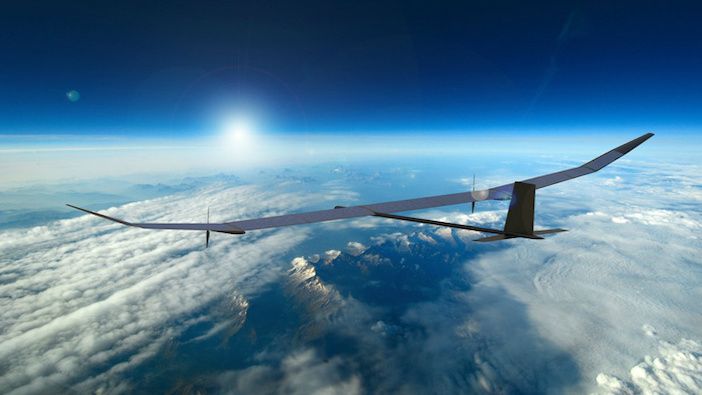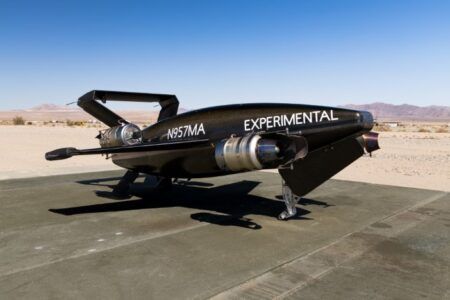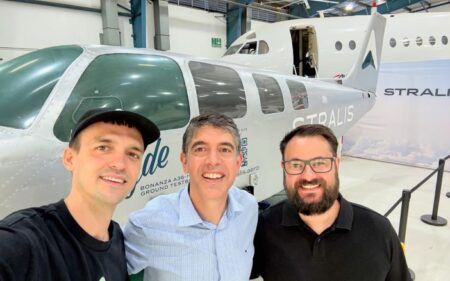Preparation for flight testing has commenced for a high altitude, long endurance unmanned aerial vehicle (HALE UAV).
The PHASA-35 aircraft has twin bespoke electric motors directly driving high altitude propellers and is intended to say aloft for a year at a time.
Solar panels provide the power by day and recharge its batteries for flying at night. Weighing only 150kg, including a 15kg payload, the ultra-thin carbon fibre craft has a 35m wingspan.
Printed Motor Works (PMW) was selected by the aircraft designer Prismatic to design a motor, drive and commutation system that would not overheat either at take-off or during the fast climb necessary to reach the 65,000ft cruising altitude in the limited time available.
The near space environment also meant taking into consideration the demanding ambient temperatures of -80°C and very low air pressure of 5.6 kPa.
“Despite the project’s complexity, our leading-edge R&D meant we were able to deliver the motors to fit with the development and build timeline,” said PMW project manager, Ian Matthews Golledge. “It was a challenge pushing the envelope for this technology, but we knew our design team could do it.”
The motor has an open spoked, internal rotor design with an annular construction to produce maximum torque, together with the necessary lightness and stiffness. Specialist aerospace materials were specified for each component, particularly the bearings, cables and commutation.
The goal of the aircraft is to provide capabilities not available from existing aerospace platforms, such as a low-cost, persistent service for the delivery of 5G networks.
Prismatic was recently acquired by BAE Systems which received the first two PHASA-35 aircraft during September 2019.





